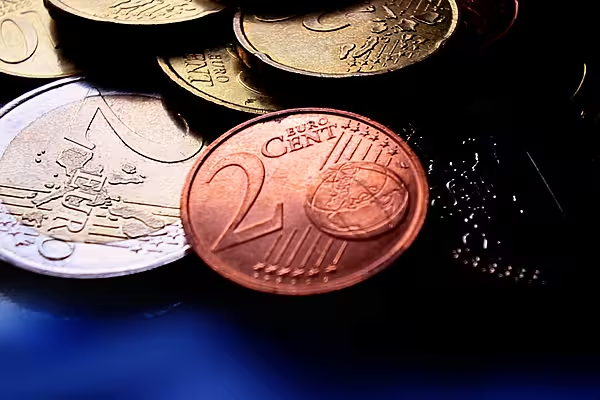European government bonds are set to start 2016 supported by the resumption of the central bank’s asset-purchase program and a decline in sovereign issuance.
After a year in which the European Central Bank attempted to bolster inflation through its 60-billion-euro ($66 billion) a month bond-buying plan, the first major economic report of 2016 will show that consumer-price growth remains a fraction of the central bank’s goal. Investor demand for bonds may also be underpinned by Germany paying around 23 billion euros of redemptions due on Jan. 4, the same day ECB bond purchases, which were halted on Dec. 21 before the holiday period, resume.
The data, due Jan. 5, will show annual inflation in the currency bloc accelerated to 0.4 per cent last month, according to the median forecast of economists in a Bloomberg survey. While that’s up from 0.2 per cent in November, it’s still short of the ECB’s desired rate of just under 2 per cent. At their latest policy meeting on Dec. 3, officials cut the deposit rate to minus 0.3 per cent and extended the central bank’s quantitative-easing plan by at least six months.
“Most European events will favour a bond-positive start to the year and we will probably get that,” said Jan Von Gerich, chief strategist at Nordea Bank AB in Helsinki. “The ECB in terms of further easing has very much left the door open and at the very least they will cut the deposit rate once again. If you look at the dynamics in terms of supply and demand, you have most countries seeing lower issuance and at the same time you have the ECB buying.”
Benchmark German 10-year bunds yielded 0.63 per cent as of the 5 p.m. London close on Dec. 30, the last trading day of 2015. The price of the 1 per cent security due in August 2025 was 103.45 per cent of face value. The bund yield rose from 0.54 per cent in December 2014. It reached a record low of 0.049 per cent in April and climbed to its 2015 peak of 1.06 per cent two months later.
Italian 10-year bond yields ended the year at 1.60 per cent, down from 1.88 per cent at the end of 2014. They touched a record-low 1.031 per cent in March, the month the ECB started its asset purchases. Similar-maturity Spanish yields closed 2015 at 1.77 per cent, up from 1.61 per cent in December 2014 and a record-low 1.048 per cent in March.
Euro-area sovereign securities returned 1.70 per cent in 2015, according to Bloomberg World Bond Indexes, adding to a gain of 13 per cent in 2014. They outperformed U.S. peers, which made 0.7 per cent in 2015 and U.K. gilts, which earned 0.2 per cent.
News by Bloomberg, edited by ESM. To subscribe to ESM: The European Supermarket Magazine, click here.














